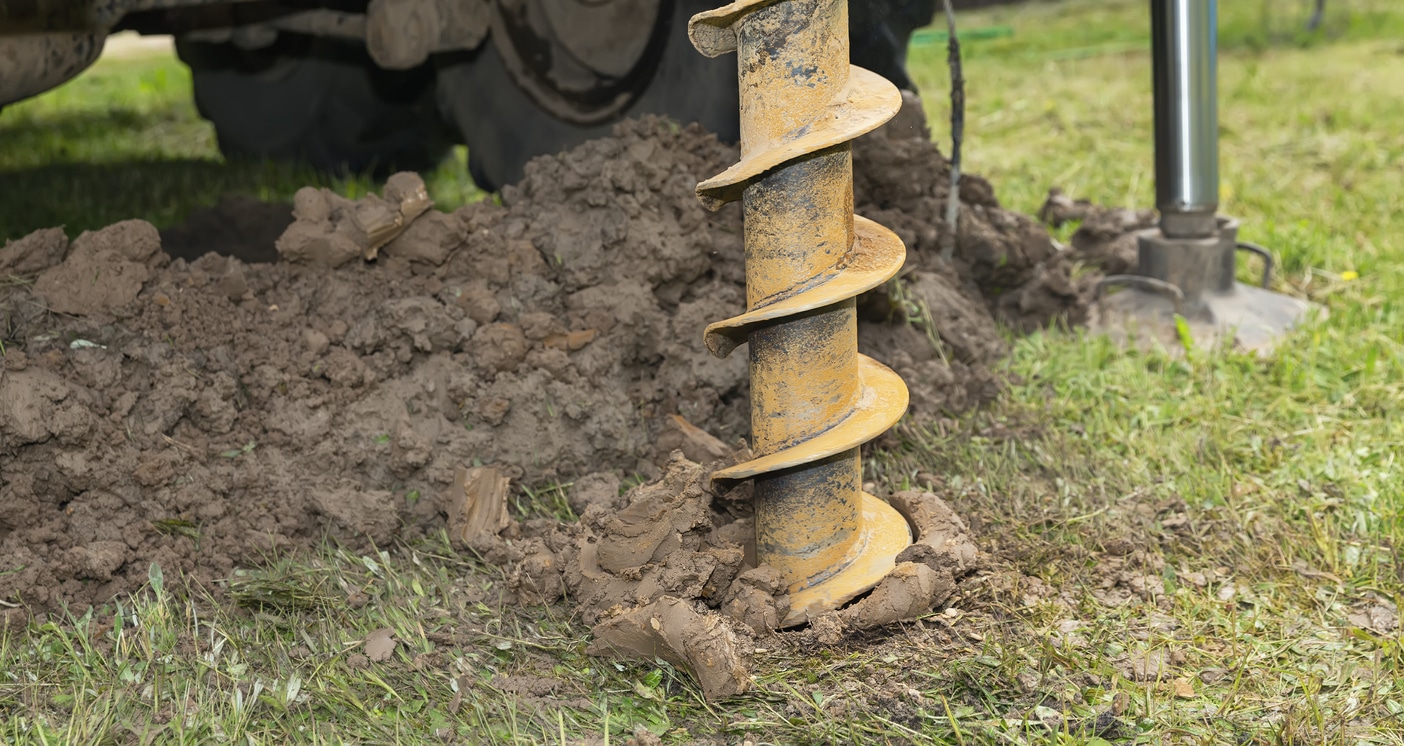Access to clean drinking water is a crucial part of our daily lives. It’s a resource that we take for granted but one that is not available to everyone. Many people in rural areas rely on wells for their water supply. But have you ever wondered how a well is drilled and how water is extracted from it? Let’s discuss this process of well drilling and water extraction in further detail.
1. Choosing a Location
The first step in well drilling is choosing a suitable location. The location should be free from contaminants and have the potential to produce sufficient water for your needs. The process involves conducting a geological survey to determine the presence of underground water reserves. The survey will help to identify the depth to which the well will be drilled and the yield of the well.
2. Drilling the Well
Once the location has been chosen, the drilling process begins. Nowadays, hydraulic drilling rigs are used for this purpose. However, horizontal drilling has also become a new way to get the job done. These rigs can drill a wide range of borehole sizes and depths, depending on the property owner’s needs. The drilling process starts with a large drill bit lowered into the ground. As the hole grows deeper, additional drill bits are used to maintain the size of the hole. The drilling process can take several days to complete, depending on the depth of the well.
3. Installing the Casing
After the drilling is complete, a casing is installed. The casing is a type of pipe that is inserted into the well to prevent the walls of the well from collapsing. The line is usually made of PVC or steel and anchored to the well’s sides. The casing also provides a channel for water flow to the surface.
4. Water Extraction
Once the well is drilled and the casing is installed, the process of water extraction can begin. A pump is installed inside the well, which draws water up from the underground aquifer and into your home. The type of pump used will depend on the depth and flow rate of the well. A submersible pump is used for deeper wells, while a jet pump is used for shallower wells.
5. Maintenance
After the well is drilled, it’s essential to maintain it properly. Regular maintenance will ensure the longevity of the well, prevent contamination, and keep the water flowing. The well should be inspected annually by a professional to check that it’s functioning correctly and free from contaminants.
Contact Us For The Best in Groundwater Well Maintenance
If you’re looking for someone you can trust to repair, maintain, or test your well to ensure it’s safe, Easterday-Wilson Water Services can help. Our professional service crews have the knowledge and ability to fix all of your water issues. Call us at 301-831-5170 for additional information and schedule your free water evaluation today.


